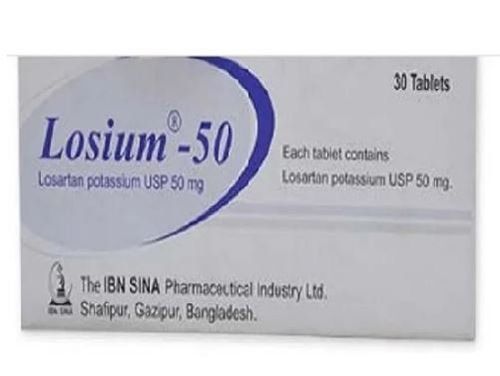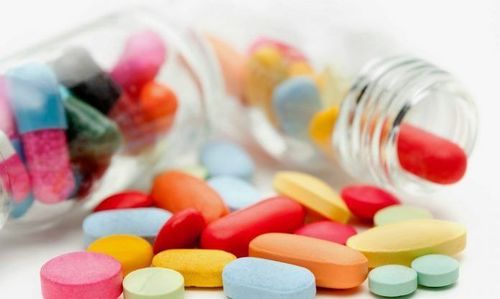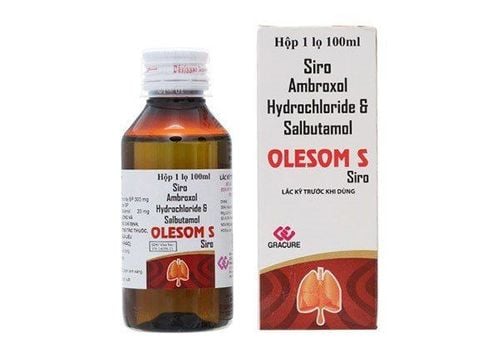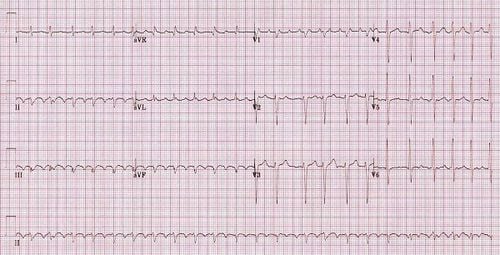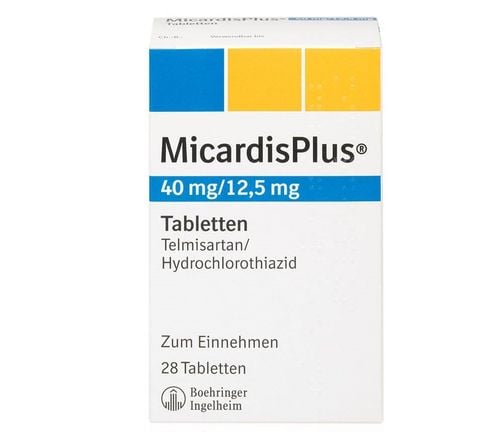This is an automatically translated article.
Arrhythmia is a condition in which the heart beats erratically such as too fast, too slow or irregularly. Cardiac arrhythmias, if not detected early and treated promptly, will adversely affect the nutrition of the heart muscle, possibly leading to stroke, heart failure, etc. Methods of treating heart rhythm include medication and pacemaker implantation. Besides, acupressure to treat arrhythmia also plays an important role. Let's find out if acupressure can treat arrhythmia in the article below.
1. What is an arrhythmia?
At some point in life, most people will experience an irregular heartbeat or arrhythmia, which can be a harmless condition. However, some irregular heartbeats can become serious and life-threatening.
Arrhythmia is a condition in which the heart beats irregularly, such as too fast, too slow or irregularly. Depending on the severity, the arrhythmia can be asymptomatic or cause dizziness, palpitations, palpitations, fainting, or even death.
Cardiac arrhythmias, if detected and treated early, can be eliminated or well controlled. In addition to using antiarrhythmic drugs, implanting a pacemaker, a healthy lifestyle and a good heart-healthy diet also help slow the progression of the disease, preventing possible complications. In addition, the treatment of arrhythmias with acupressure can be applied to patients who have passed the acute attack and are waiting for professional interventions.
2. Types of arrhythmia
Cardiac arrhythmias are classified based on the origin and speed of the heart rate, including:
Tachycardia when the resting heart rate is > 100 beats/min; Bradycardia when resting heart rate <60 beats/min. In tachycardia, there is tachycardia originating in the atria and tachycardia originating in the ventricles:
Tachycardia originating in the atria includes: Atrial flutter, atrial fibrillation, Wolff-Parkinson-White syndrome. Tachycardia originating from the ventricles includes: ventricular tachycardia, ventricular fibrillation, long QT syndrome bradycardia: When the resting heart rate is less than 60 beats/min. However, sometimes slow heart rate reflects other normal health problems such as deep sleep, rest after physical activity, etc. In addition, some medications can slow the heart rate, such as medications. hypertension. Common types of bradycardia are sinus bradycardia, sinus node insufficiency syndrome, atrioventricular block, ...
Premature heartbeat (extrasystolic): A common arrhythmia, including atrial extrasystoles and atrial fibrillation. ventricular extrasystoles.
3. Cure arrhythmias with acupressure
Traditional medicine for arrhythmia has a supportive role in the treatment and prevention of arrhythmias. Patients can self-massage, acupressure to treat this condition.
3.1. Acupressure treatment of tachycardia When a paroxysmal tachycardia occurs without drugs and without intervention, patients can use traditional medicine methods to treat arrhythmias.
Immediately do eyeball compression therapy when there is a paroxysmal tachycardia (close your eyes and put your hands on the eyeballs with moderate force), and soak your face in cold water to help slow down and stabilize the heart rate . According to traditional medicine, the heart is the organ of the heart belonging to the fire element, and the liver is the organ of the wood element. Most paroxysmal tachyarrhythmias are caused by the fire of the fire or the sound of the fire, which means that a lot of burning trees will make a big fire. Can's disease spreads to the eyes, so the root of the heart palpitations is from the can, so when doing eyeball therapy, it means pulling out the firewood, and adding cold water will calm the fire and gradually recede. . When the heart rate is stable, it is necessary to continue to treat the arrhythmia with acupressure. The patient lies loosely, legs higher than the chest, gently rubs the chest with the palm of the hand in a clockwise direction, then slips from the up and down direction. Next, press the internal organs and Xiaguan points at the same time on the opposite hand, then press on the left lacrimation point. Each acupressure point for 5-7 minutes to strengthen the heart rate and increase oxygen for the heart. Next, press the acupressure points of Mu Phi, Nhan Nghinh, Than Mon in 3 - 5 minutes. In case the patient has sharp pain, severe chest tightness, it is necessary to press additional acupressure points to stimulate the men, Dan Trung. Acupressure treatment for tachycardia should be done regularly every day with gentle manipulation, pressure from light to strong and vice versa. In addition to treating arrhythmias with acupressure, the patient needs to practice breathing, keep the abdomen warm, and limit eating salty and hot spicy foods. Use yin-tonic and nerve-soothing foods such as snails, clams, clams, mussels, mussels, passion fruit leaves, fern leaves, etc. At the same time, avoid stress in life and keep an optimistic spirit.
3.2. Acupressure for bradyarrhythmias Slow heart rate can cause dangerous complications due to heart block or damage to the heart muscle. Treatments for bradycardia include medication and pacemaker placement. Methods to help control the progression of atherosclerosis such as preventing overweight - obesity, reducing blood fat, controlling blood pressure, exercising, ... play an important role in the treatment and prevention of disorders. slow arrhythmia. Besides, patients can also acupressure to treat bradycardia.
Day of internal acupressure: The patient sits relaxed, uses the left thumb to put the right hand internal organ and vice versa and presses this point for 2-3 minutes with a relatively strong force to feel the tension. , severe numbness spreads down the hand. How to identify internal organs: This point is located on the front of the forearm, between the tendons of the large palmar muscle and the palm of the hand, two cun above the elbow crease. The internal organs have the effect of qi, sedation, clearing the mind, calming down, stimulating, regulating the contraction and ejecting oxygen to feed the cells. Day acupressure Xiaguan: This point has the effect of enhancing oxygen supply to the heart. How to identify internal organs: when you close your mouth, you will see the point in the depression in front of the ear, below the cheekbone. Day acupressure man Trung: This point has the effect of stimulating the vegetative nervous system and the respiratory center, sobering up, opening up, providing oxygen to the brain. Next, acupressure Dan Trung, Qi Hai, Quan Nguyen, Tu Tam Ly: This group of points has the effect of raising and regulating the qi to feed the body and promoting oxygen to the heart and brain. Day acupoints of excitement: Acupoints of excitement have the effect of stimulating the heart's nerves, making the heart muscle stronger and more resilient in absorbing oxygen and bringing blood to the body. How to determine acupoints of excitement: From the depression of the inner edge of the sternocleidomastoid muscle and the outer edge of the scale muscle, 1.5 cm. Treating cardiac arrhythmias with acupressure should be persistently performed daily, each acupressure point within 2-3 minutes, gently, slowly, pressing force from light to strong and vice versa. For excitement acupoints can be pressed for up to 5 minutes.
4. How to prevent arrhythmia?
To prevent arrhythmia, it is necessary to have a healthy lifestyle and a heart-healthy diet, such as increasing physical activity, avoiding smoking and alcohol use, maintaining a healthy weight. management, avoid stress, keep an optimistic spirit.
In addition, patients with cardiac arrhythmias need to be examined and used drugs as prescribed by a specialist.
Please dial HOTLINE for more information or register for an appointment HERE. Download MyVinmec app to make appointments faster and to manage your bookings easily.




